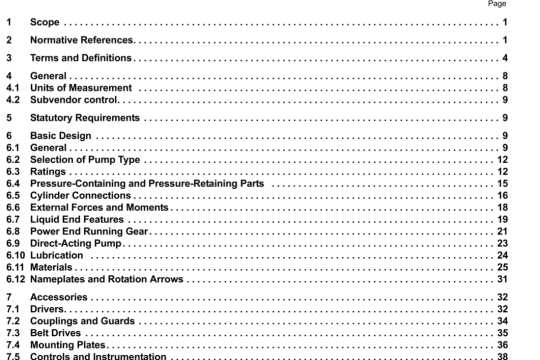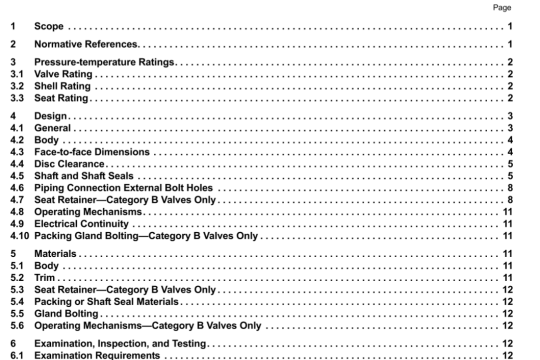API RP 59:2006(2012) pdf download
API RP 59:2006(2012) pdf download.Recommended Practice for Well Control Operations.
4.13.3 Handling Subsea Choke Line Pressures During Kicks
The kill line can be used to monitor casing pressure when circulation is begun after a kick. The kill line should he opened to the surface manitbid and the kill line pressure held constant by adjustment of the choke line choke while bringing the pump up to speed. The kill line should also be opened to monitor pressure during any changes in circulation rate. If it is not possible to utilize the kill line pressure, the choke pressure should be allowed to drop an amount equal to the calculated or measured choke line pressure losses while bringing the pump(s) up to speed. Otherwise, the drill pipe pressure will be too high as will bottom-hole pressure and pressure at the casing seat. Even when correct drill pipe pressure is established there will he a time near the end of the kick kill operation when the choke will be wide open and ihc drill pipe pressure will build to a value higher than desired by the amount of the choke line pressure loss. The recommended well control worksheets for subsea stacks present proper steps for handling choke line pressure during kicks (refer to Appendix 13).
4.13.4 Kill-rate Selection with Subsea Stacks in Deepwater
Experience has shown that low formation breakdown pressures are expected in deepwater. For a given depth the seawater head plus the soil overburden pressure is less than the total soil overburden pressure at the same depth for a land or shallow water location (waler density is less than rock density). Due to the high friction loss in the relatively long choke line used with subsea stacks in decpwatcr, it may be necessary to circulate out a kick at a very slow rate (less than one-half normal circulating rate) to avoid formation breakdown. This fact should be considered in selecting kill-rates. A reasonable premise would be to circulate any kick that can be closed-in at a rate that will not cause formation fracture. After a string of casing has been set and formation breakdown pressure is determined, the maximum choke manifold pressure that can be shut-in without causing formation breakdown can he determined as follows:
4.14 DIVERTER SYSTEMS APPLICATIONS
At shallow depths where drive pipe. conductor pipe. and structural casing are set, fracture gradients are very low and wells sometimes cannot be closed-in on a kick without danger of lost circulation and possible broaching to the surface. Controlling these shallow gas flows can be difficult as these formations can be abnormally pressured and gas expands rapidly as it rises to the surface. Furthermore, drilling these shallow gas sands can rapidly gas-cut the drilling fluid to the extent that expansion during flow to the surface lowers the hydrostatic pressure enough to cause formation flow, In addition. dispersal of drilled cuttings in the drilling fluid may cause the drilling fluid density to increase to a point where circulation may be lost. causing the hydrostatic head to drop thereby allowing the well to flow. In these situations, a diverter may be used to direct well flow away from the rig during kicks. The diverter should be arranged so that a diverter line automatically opens or is open when the diverter is closed io divert the fluids and prevent backpressure on the hole. Diversion is usually away from the rig, resulting in loss of drilling fluid from the system. Under these conditions, formation fluid flow continues during the well control operation until the hole bridges or hydrostatic pressure can be built enough to regain primary control and stop formation fluid how. Pumping at a fast rate with heavy fluids is the best method for controlling a shallow gas kick. Refer to 8.3 fbr more information on diverter operations and Section 13 for mixing of heavy fluids.
4.15 WELL CONTROL WORKSHEETS
Recommended well comrol worksheets are shown in Appendix K for the Driller’s Method, Wait and Weight Method, and Concurrent Method for surface HOP assemblies and subsea HOP assemblies. A recommended well control worksheet for the Wait and Weight Method for a subsea HOP assembly in deepwater is also included in Appendix H. Use of these worksheets is recommended as all steps for each method are listed in order with appropriate.




